JUSTIN PAUL WARE
I am an architectural designer, urban planner, and creative strategist focused on contributing to the built environment in ways that promote social justice, human dignity, and long-term resilience. My approach is centered around the belief that design can provide sustainable solutions to the challenges facing a rapidly growing and increasingly mobile population threatened by a changing climate. I seek opportunities to collaborate with communities on the creation of cities and spaces that cultivate equity and generate an enduring positive impact.
I currently work as an urban planning consultant to the Planning for Humanitarian-Development Practice at UN-Habitat (United Nations Human Settlements Programme). I also freelance and operate Spatial Politics, an applied research and design platform established to pursue projects with political and social dimensions. I mentor students through the Architecture League of New York’s Mentorship Program and act as a poll worker for New York City elections. With more than ten years of professional experience, I’ve worked at firms such as Mapos, Grizform Design, and Urban Nouveau. I hold a Master of Emergency Architecture and Urban Resilience from Università IUAV di Venezia and a Bachelor of Architecture from Rensselaer Polytechnic Institute.

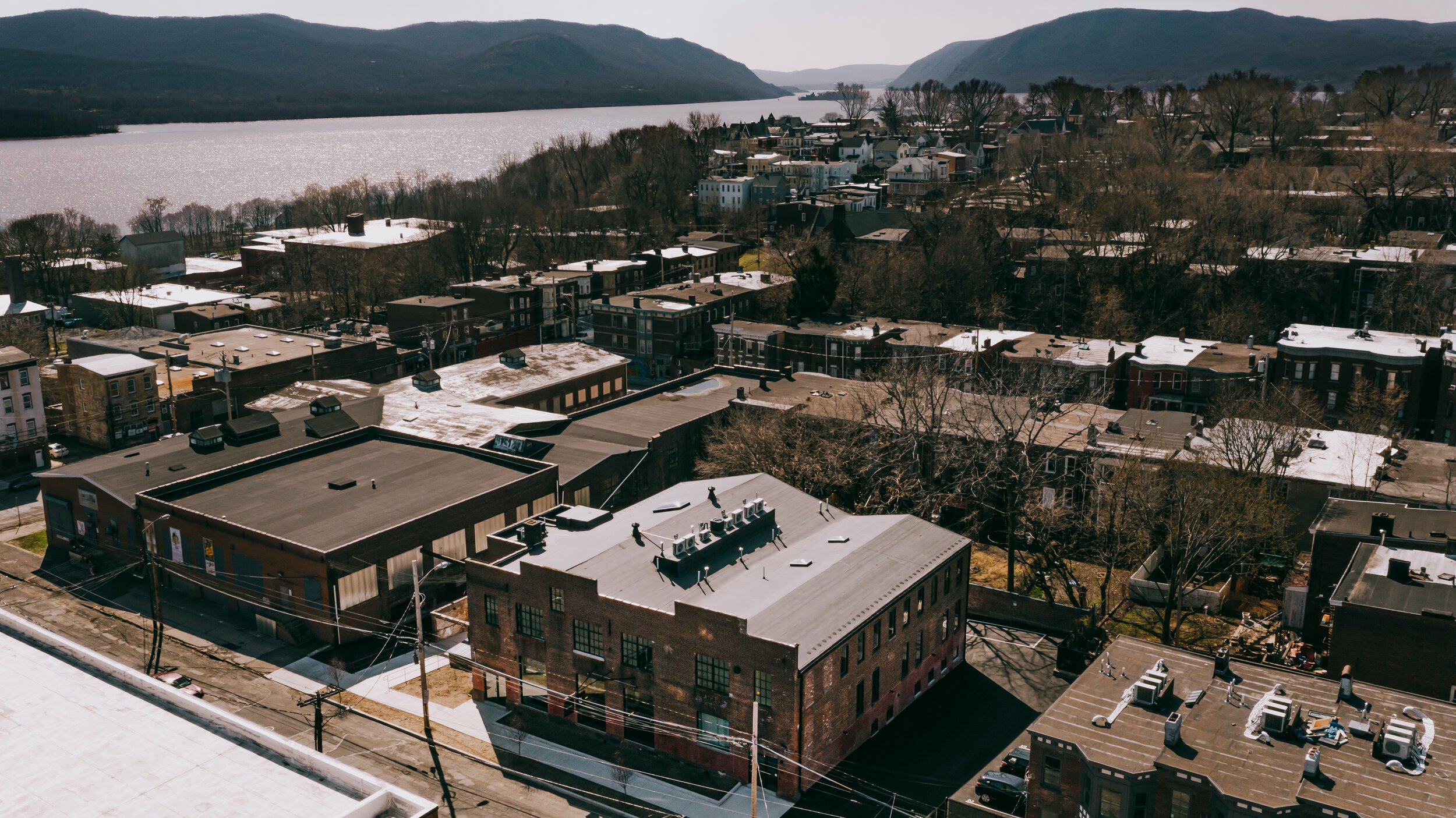
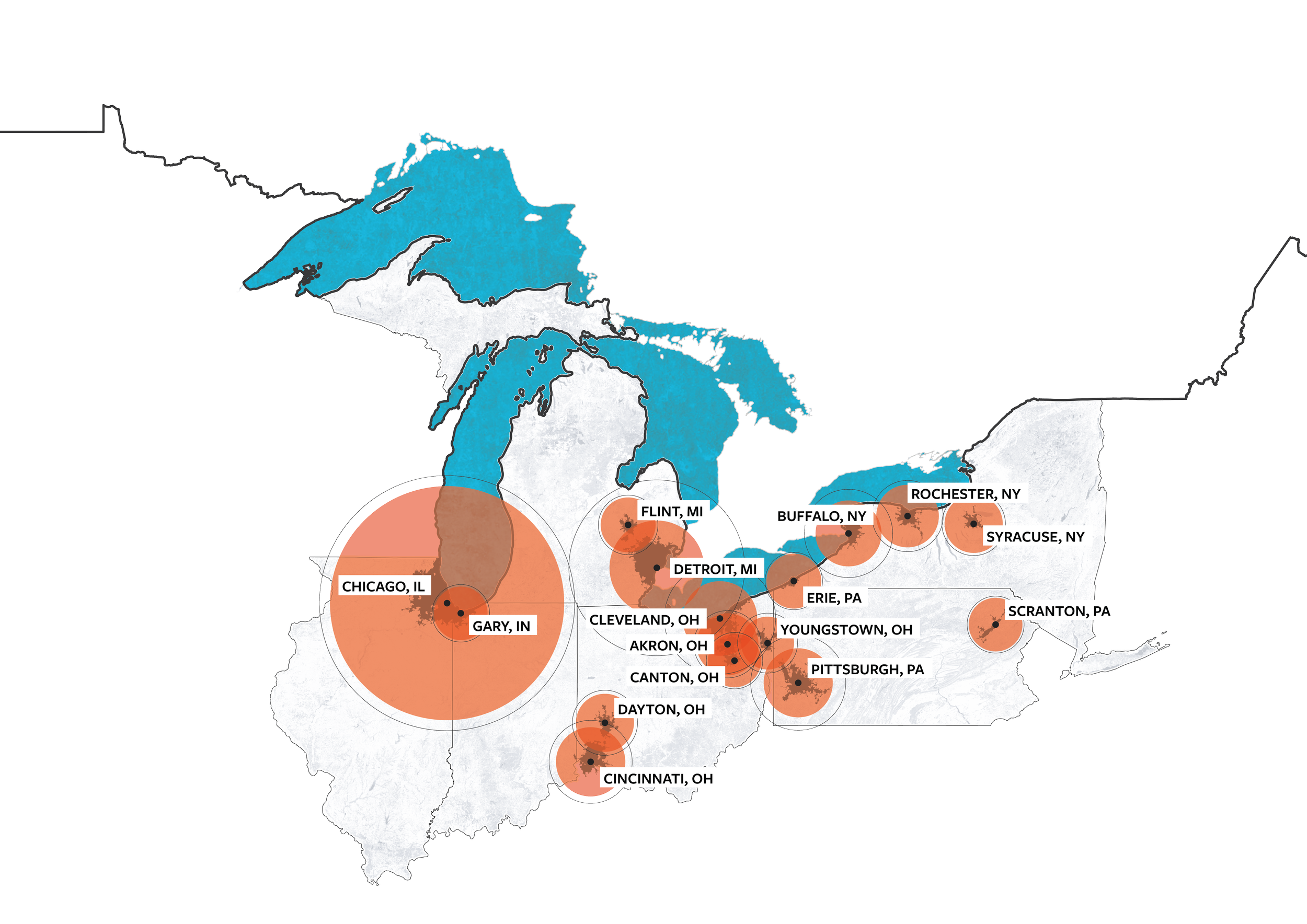
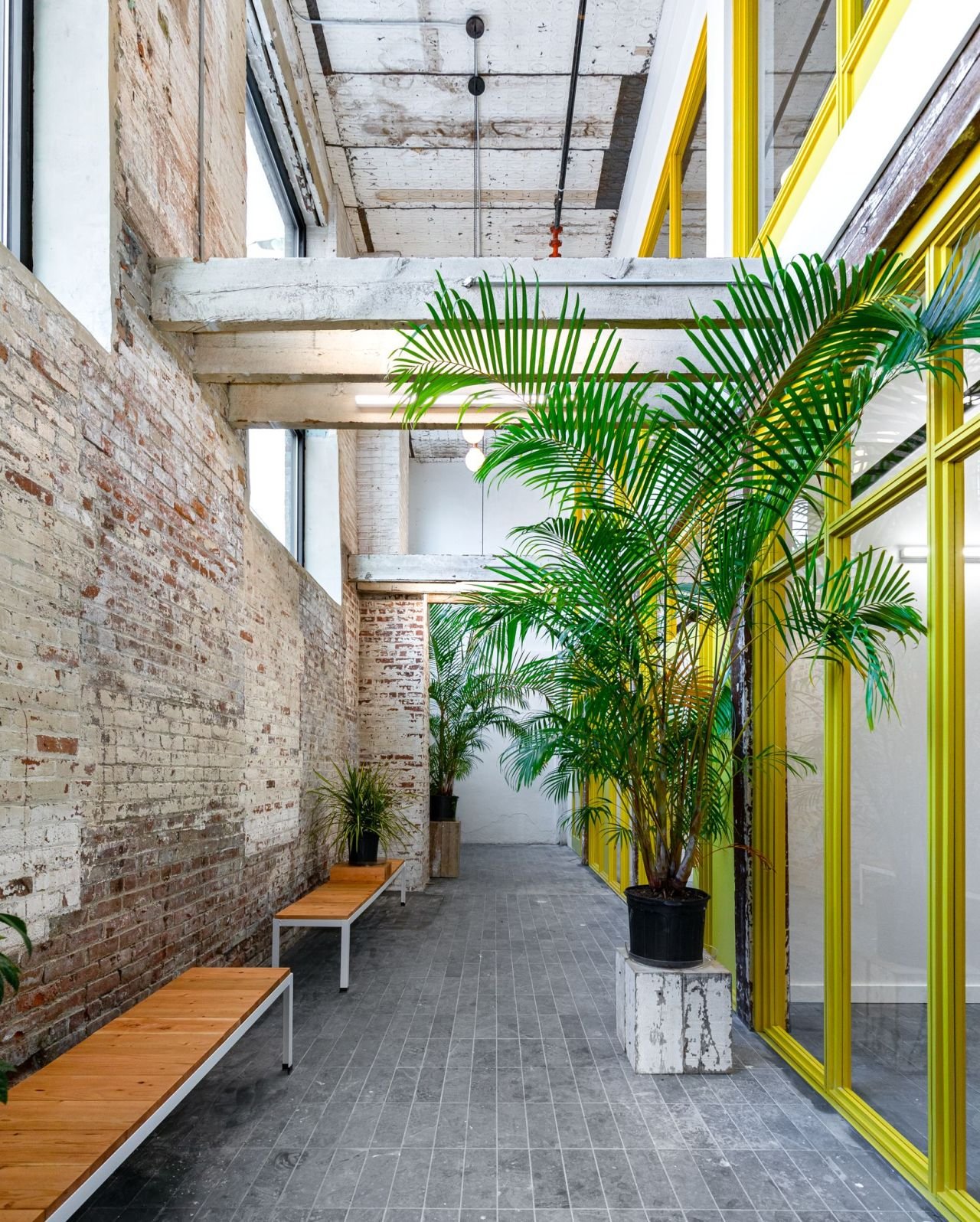
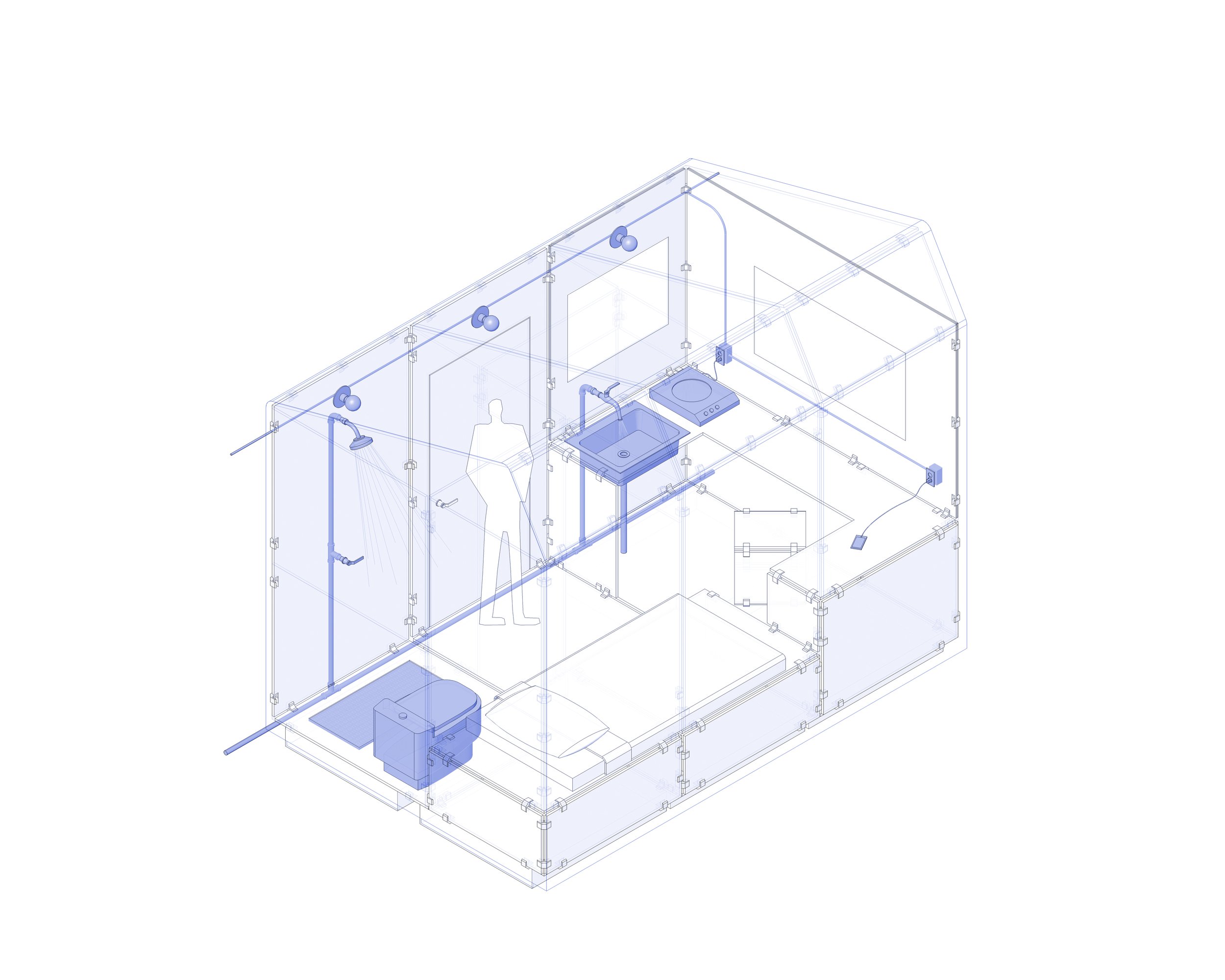

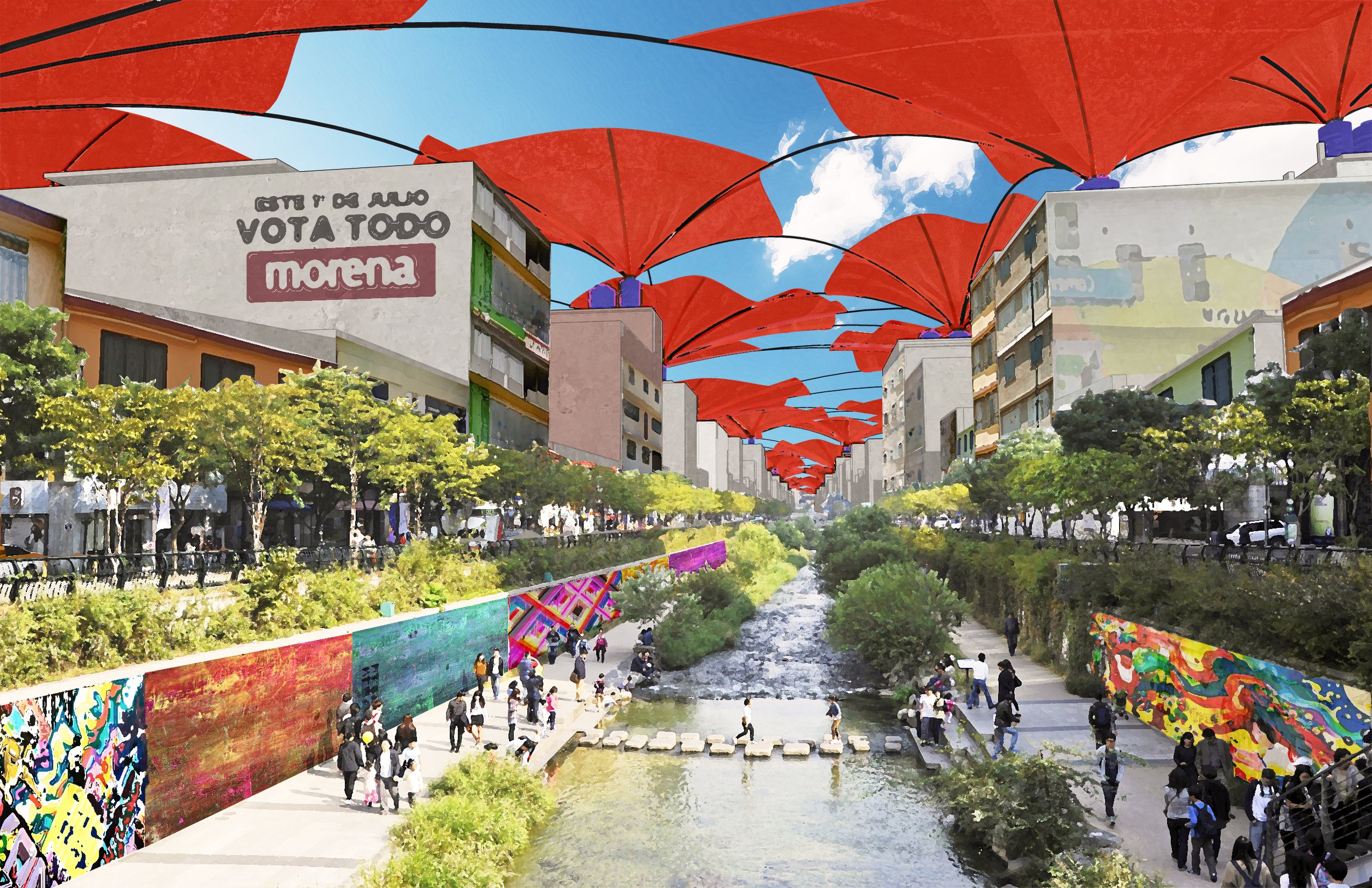


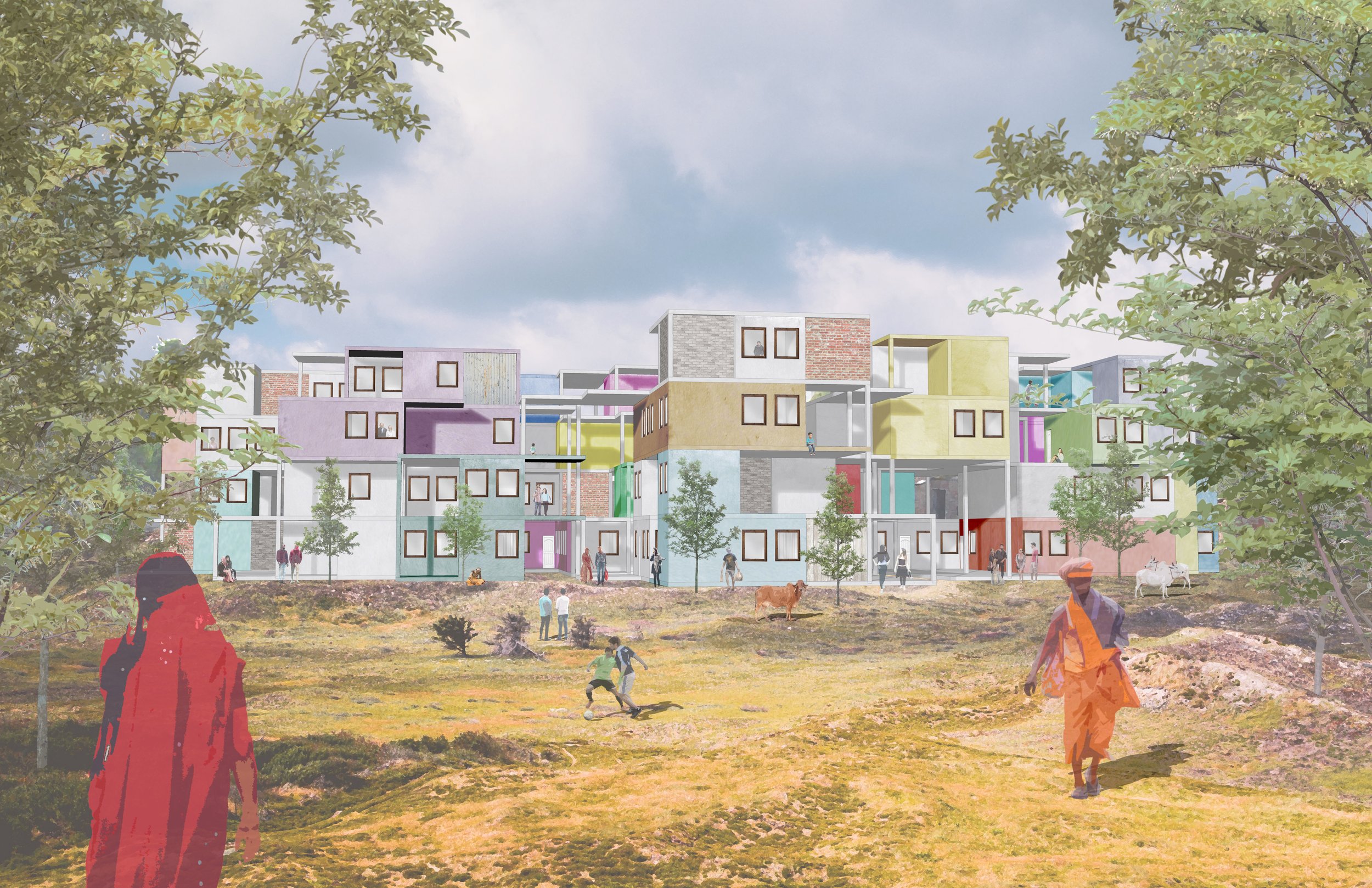

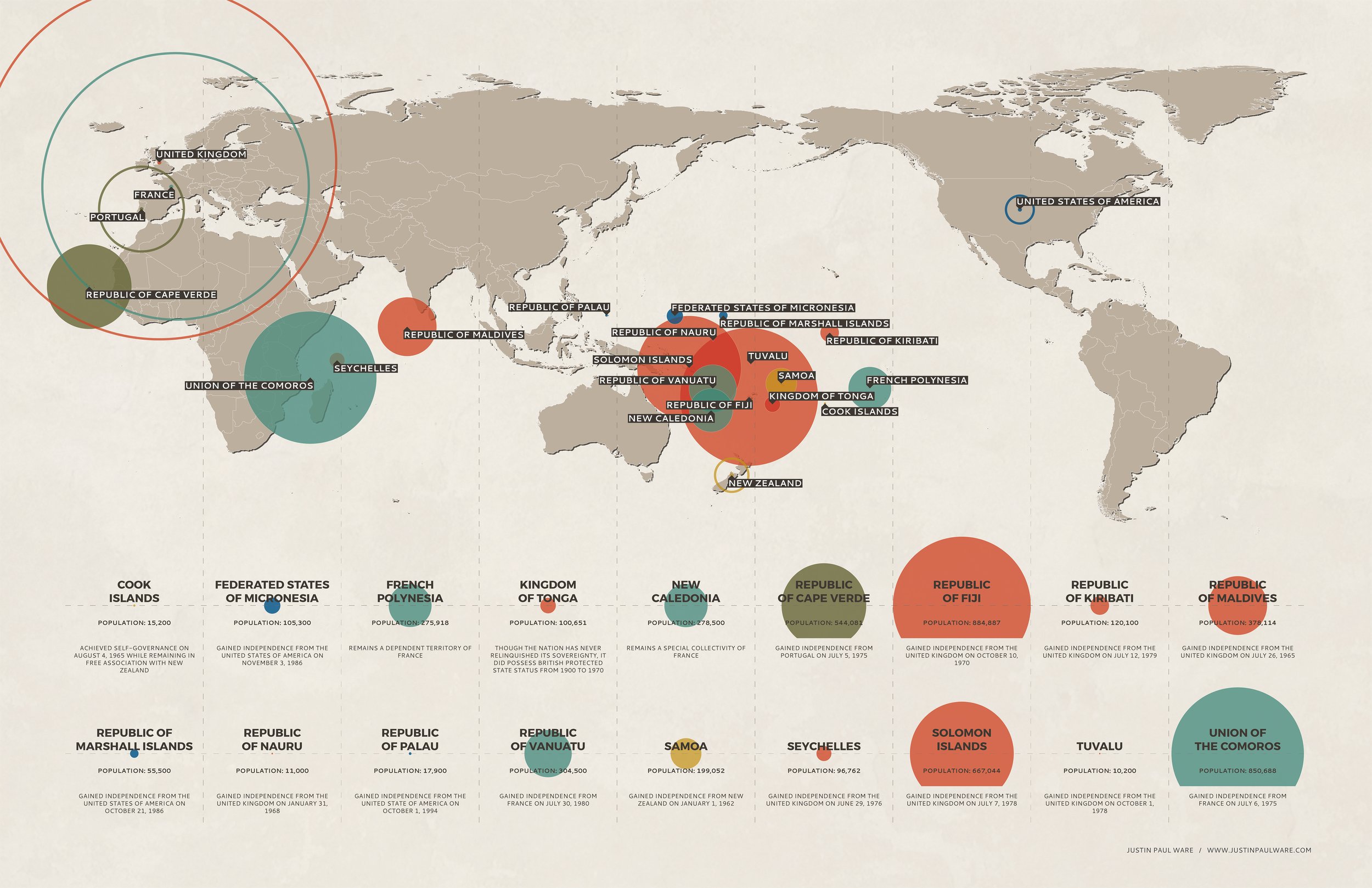
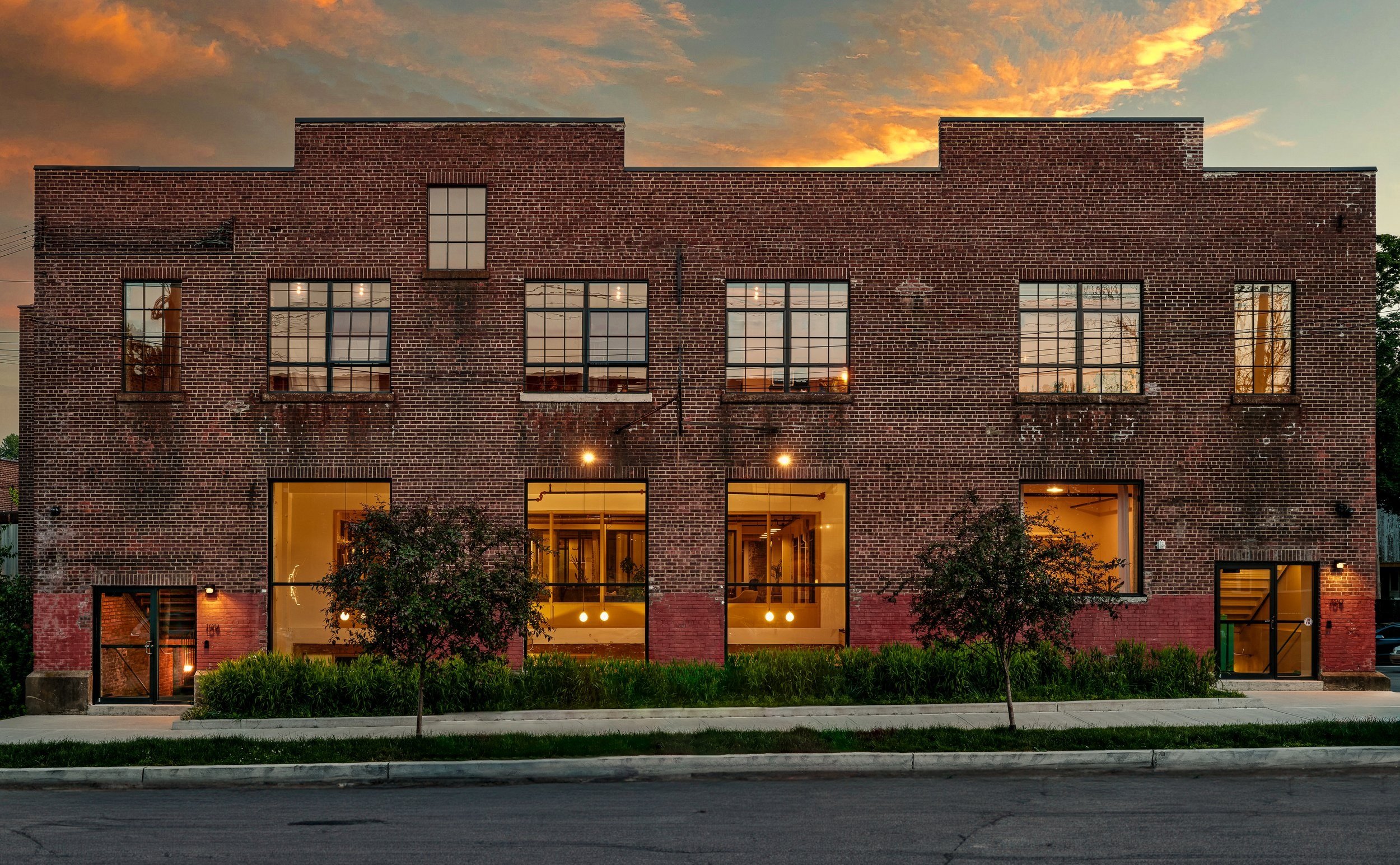

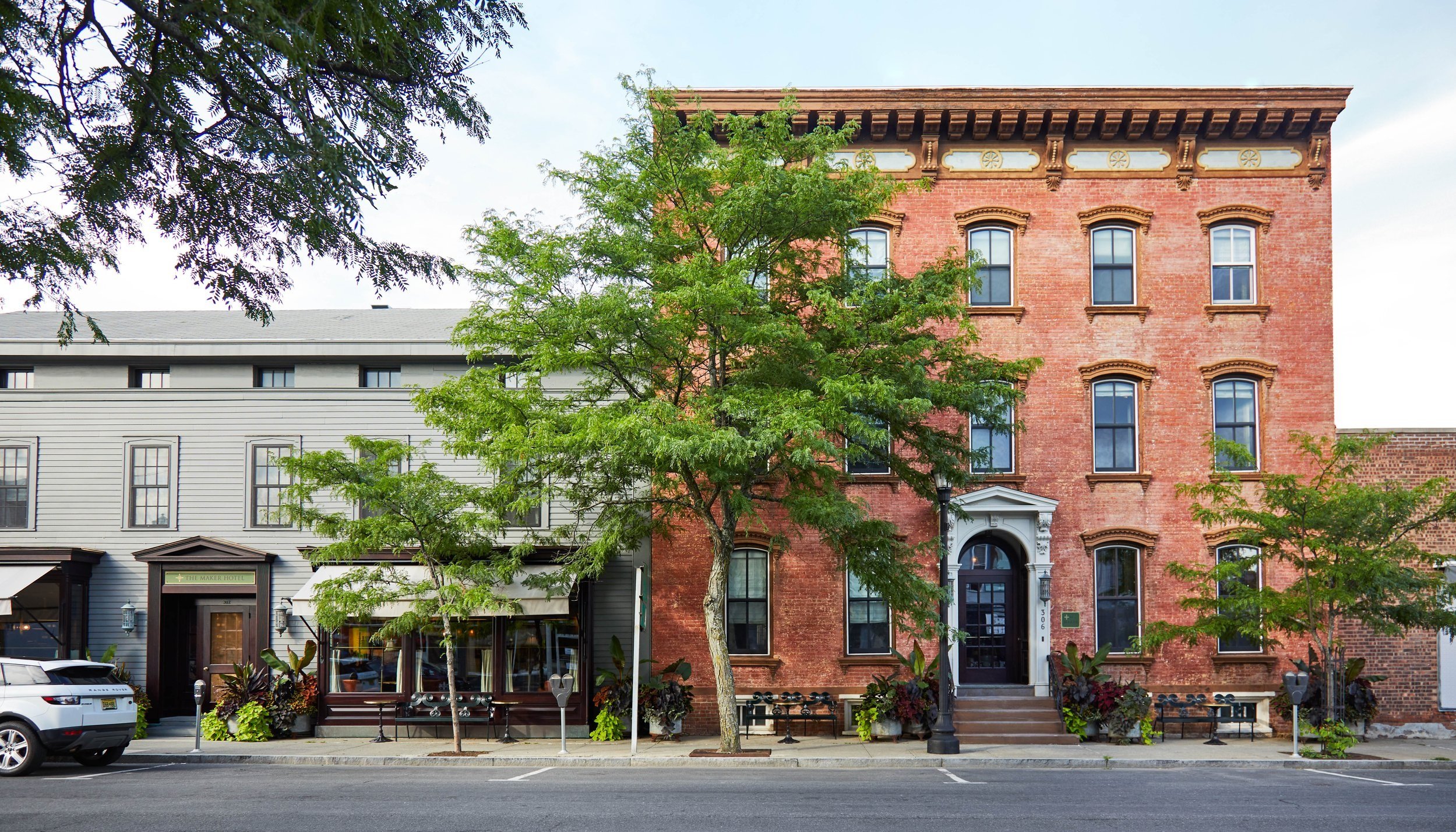
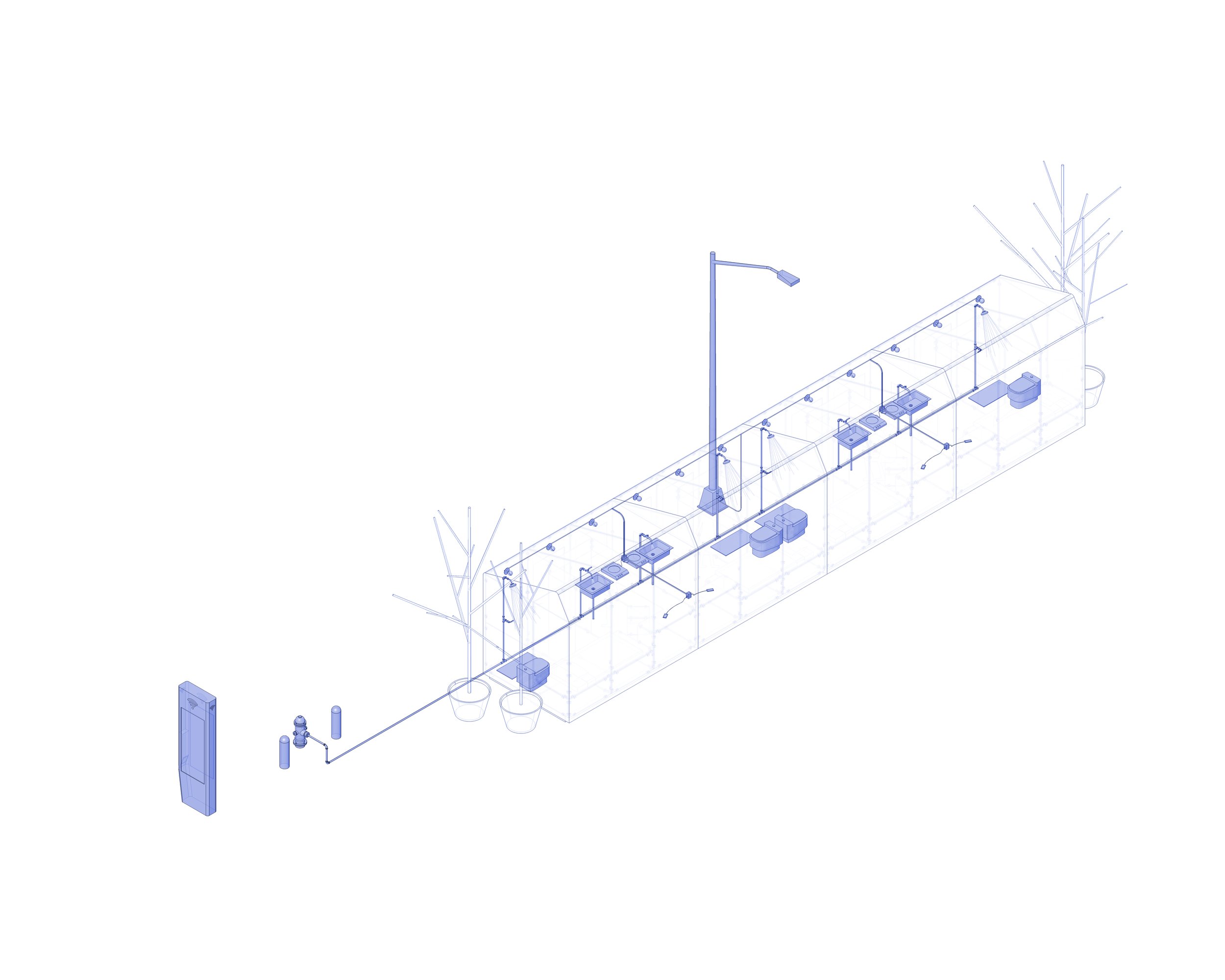

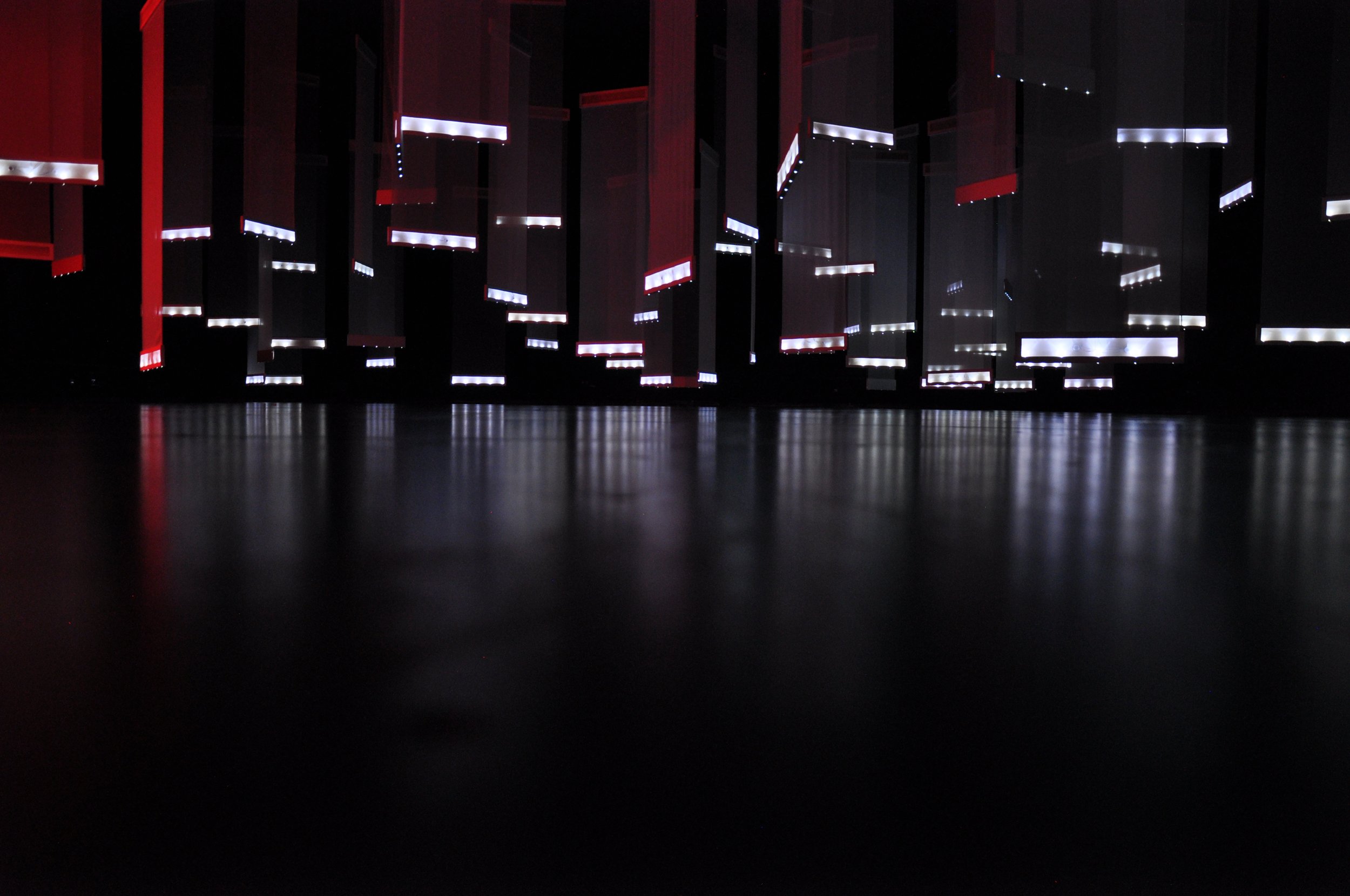
![Tres Oculos Que Se Cruzan / Studio THEM [Lynch + Crembil]](https://images.squarespace-cdn.com/content/v1/53e44de5e4b0de792335d813/1702392025144-P974VOFUQ2S26GP57RDW/DSC_0496.JPG)








